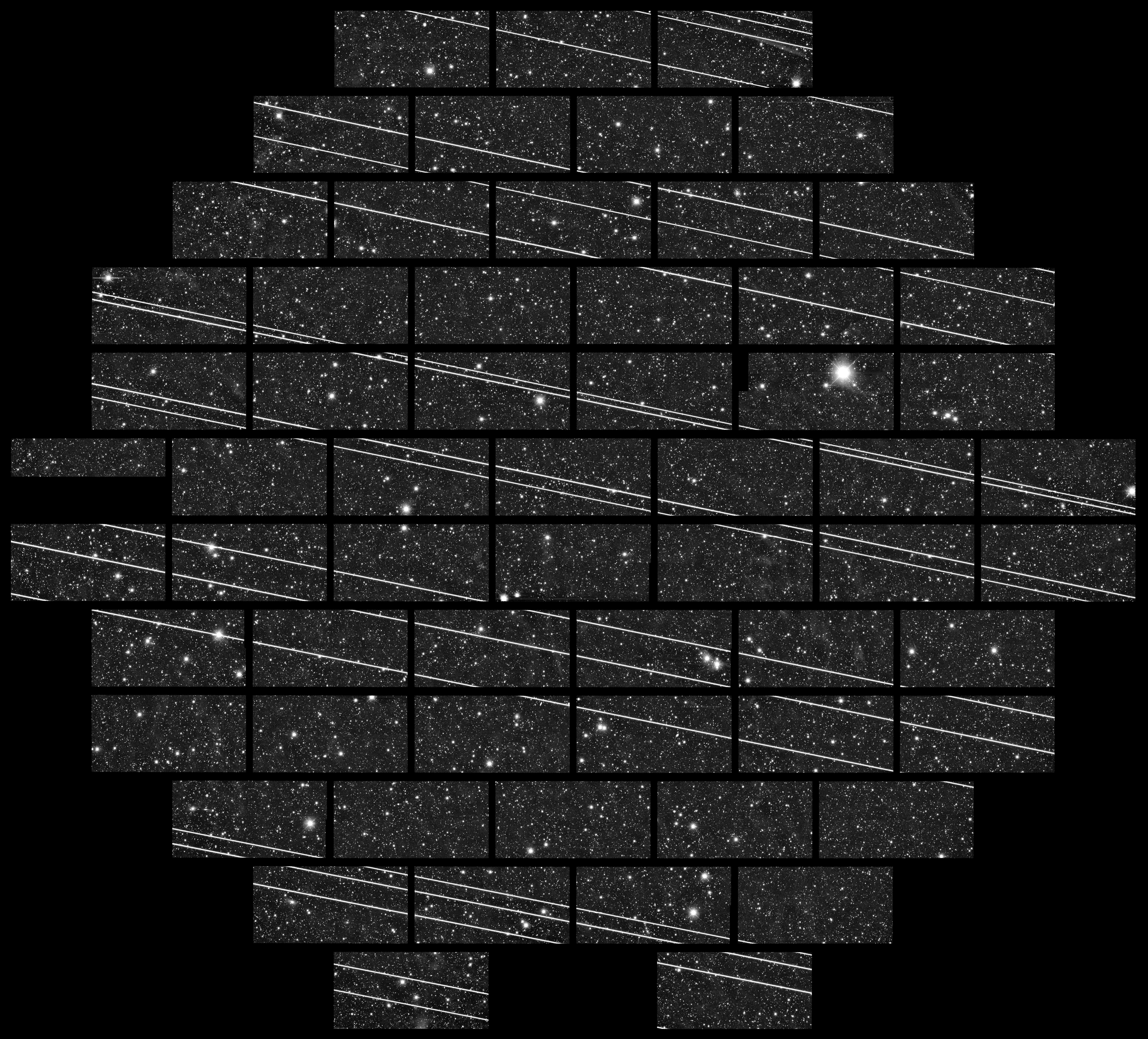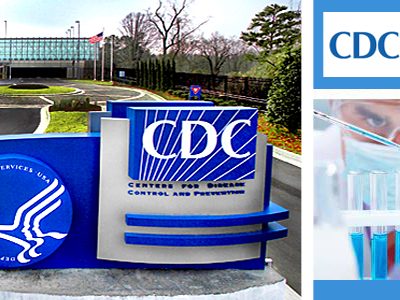Technology’s Role in Governing Sustainable Food Systems
Digitalization is altering how we understand the environment and act upon issues of sustainability.
This article is a summary of the third interview in a three-part interview series that explores how digitalization is reshaping environmental governance. I spoke with Sake Kruk who’s a Ph.D. researcher at the Environmental Policy Group at Wageningen University, Wageningen, Netherlands. His research examines how digital technologies are ushering in a new form of environmental governance within food systems, specifically as it relates to sustainability assurance within aquaculture. Aquaculture includes the breeding, rearing, and harvesting of fish and other aquatic animals or plants, while sustainability assurance is the process of monitoring and assessing the sustainability claims of producers who are seeking to satisfy sustainability standards.
Sustainability assurance within aquaculture has traditionally been performed by corporate, nonprofit, and governmental initiatives. A few examples include corporate social responsibility and eco-certification programs, government extension services that provide management advice to producers, and traceability services that track a product as it moves through a supply chain. Groups like the Aquaculture Stewardship Council and the Global Seafood Alliance will create standards for sustainable aquaculture production, and then a third-party auditor will visit a production location and verify whether that location complies with the established standards.
Kruk believes sustainability assurance within aquaculture is a critical field of inquiry given that aquaculture serves as an important source of protein across the world and is viewed as a more sustainable alternative to wild capture fisheries. At the same time, aquaculture faces serious sustainability challenges including habitat destruction, water pollution, and intense chemical and antibiotic usage. If aquaculture could become a greater share of total food production and become more sustainable, it would have far-reaching environmental implications.
Progress toward sustainable production within aquaculture has proven slow and difficult, Kruk explains. Small-scale fish farmers are numerous, dispersed, and disconnected, diverse in their farming practices, and often lack the resources and capabilities to produce sustainably. Sustainability assurance initiatives that rely on on-site assessments have struggled to reach these small-scale fish farmers and currently only ~3% of global aquaculture production is certified sustainable. Kruk says that sustainability assurance driven by digital and remote sensing technologies is seen as a cheaper, more effective alternative to conventional approaches and could better enable the participation of small-scale producers within initiatives.
While digitalization could potentially simplify and streamline sustainability assurance, Kruk notes that it also introduces additional informational burdens on actors within a supply chain. Many buyers and sellers can be involved in the production of a product, as they exchange intermediary and final goods with one another. Producing sustainably, and assuring sustainable production using digital means, requires that these actors collect, analyze, and exchange increasingly complex information about their products. And this information must be codified and standardized so that it can be digitally transmitted. These requirements — often established by sustainability assurance initiatives — can strain the technical capacity of buyers and sellers, especially when one considers the limited resources and capacity of small-scale fish farmers.
Sustainability assurance initiatives play a key role in coordinating production amongst actors in a supply chain. They can determine what and how sustainability information is collected, analyzed, and exchanged between buyers and sellers and, in doing so, structure our understanding of environmental issues and how to govern them. After analyzing a diverse set of ten initiatives, Kruk outlines three ways these initiatives use digital technologies — like satellite imaging, blockchain, and artificial intelligence — to reshape environmental governance. First, sustainability assurance initiatives frame environmental issues from the outset in ways that are determined and constrained by digital technologies. Then the initiatives establish sustainability objectives, which are programmed into the technologies. And, finally, the initiatives offer digitally-mediated strategies and interventions for achieving those objectives. At each step, initiatives make value-laden decisions about what sustainability is and how it should be promoted.
While it may seem that the framing of environmental problems is self-evident and objective, Kruk argues that digital technologies actually shape how we frame these issues. This is because digital technologies only collect, analyze, and interpret data that are computable, numerical, and measurable. As a result, Kruk explains, environmental issues are commonly framed in terms of their biophysical characteristics. For example, consider how climate change is often described as an increase in parts per million of atmospheric CO2, inches of sea level rise, square kilometers of melting arctic ice, increasingly severe and unpredictable weather patterns, and ocean acidification. These framings are a consequence of the tools we’ve chosen to use to measure climate change. Kruk notes that some sustainability assurance initiatives may go beyond biophysical indicators and include behavioral data collected through questionnaires, interviews, demographic records, and the like. Still, this socio-economic data must be measurable and deemed pertinent to environmental sustainability, which is ultimately a subjective determination.
Next, sustainability assurance initiatives will often program sustainability objectives into technology. Kruk argues that technology manifests sustainability objectives in specific ways and, in doing so, shapes how actors within a supply chain address environmental issues. The first manifestation of sustainability objectives is through a uniform, “blanket” approach. Initiatives will encode sustainability thresholds and standards into digital tools, remotely collect data on small-scale producers, and apply the thresholds and standards equally to all producers. Second, Kruk explains that initiatives can take a more farm-specific approach by gathering data about a producer and providing them with customized farm management advice through tools, such as mobile or web-based applications. Finally, Kruk highlights a more open approach whereby initiatives create a digital platform that enables actors within a supply chain to exchange information about their products and production practices. Sustainability objectives are not defined a priori but instead emerge from interactions between actors. Each of the approaches described above has pros and cons, Kruk argues. They vary in how prescriptive, flexible, and targeted they are and on whom they place the bulk of the responsibility for sustainable production. Where Kruk sees overlap is in how initiatives use technology to literally and figuratively encode the sustainability objectives that producers must achieve.
Finally, after having established sustainability objectives, initiatives can use technology to aid producers in achieving those objectives. Kruk argues that the initiatives convey their prescribed strategies and interventions through three distinct, digitally-mediated approaches. First, they use technology to collect data about a farm and then help the farmer produce more sustainably by providing feedback in the form of text messages, digital dashboards, smartphone applications, etc. Second, initiatives can offer rewards and impose sanctions, administered through digital tools, to motivate small-scale fish farmers to change their production practices. Finally, digital technologies can facilitate informational exchanges between actors in a supply chain, with the hope of improving sustainability. It’s through providing advice, administering rewards and sanctions, and creating information-sharing platforms that initiatives use technology to shape the actions of small-scale producers.
Through his research, Kruk maps out a variety of ways that sustainability assurance initiatives use digital technologies to govern sustainable food production. Each approach has benefits and risks. Instead of promoting any one single approach, Kruk concludes that it’s far more important to ask critical questions when analyzing the use of digital technologies by initiatives. Some of these questions include: Who are the lead, governing actors making decisions and what are their interests? Who’s introducing or programming the digital tools and who has access and control over the data that’s produced? In what ways are environmental problems defined through the use of digital technologies and what’s excluded from that definition? What kinds of priorities and interventions are promoted and which are marginalized? Who ultimately benefits as a result?
These kinds of questions apply not only to sustainability assurance within food systems but digital environmental governance more broadly. They all have to do with power dynamics and interrogate how it is that environmental issues are framed, assessed, and acted upon. They get at the heart of how digitalization is reshaping environmental governance and should be front-of-mind for any policy-maker, decision-maker, or program administrator looking to design or implement digital sustainability programs or policies.
Previous article: “The Farm Is Not An Algorithm: The inaccuracies of precision agriculture carry socio-environmental risks and produce inequalities.”







Reader Comments